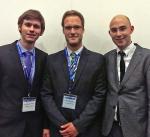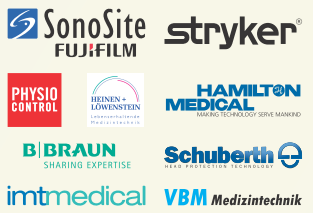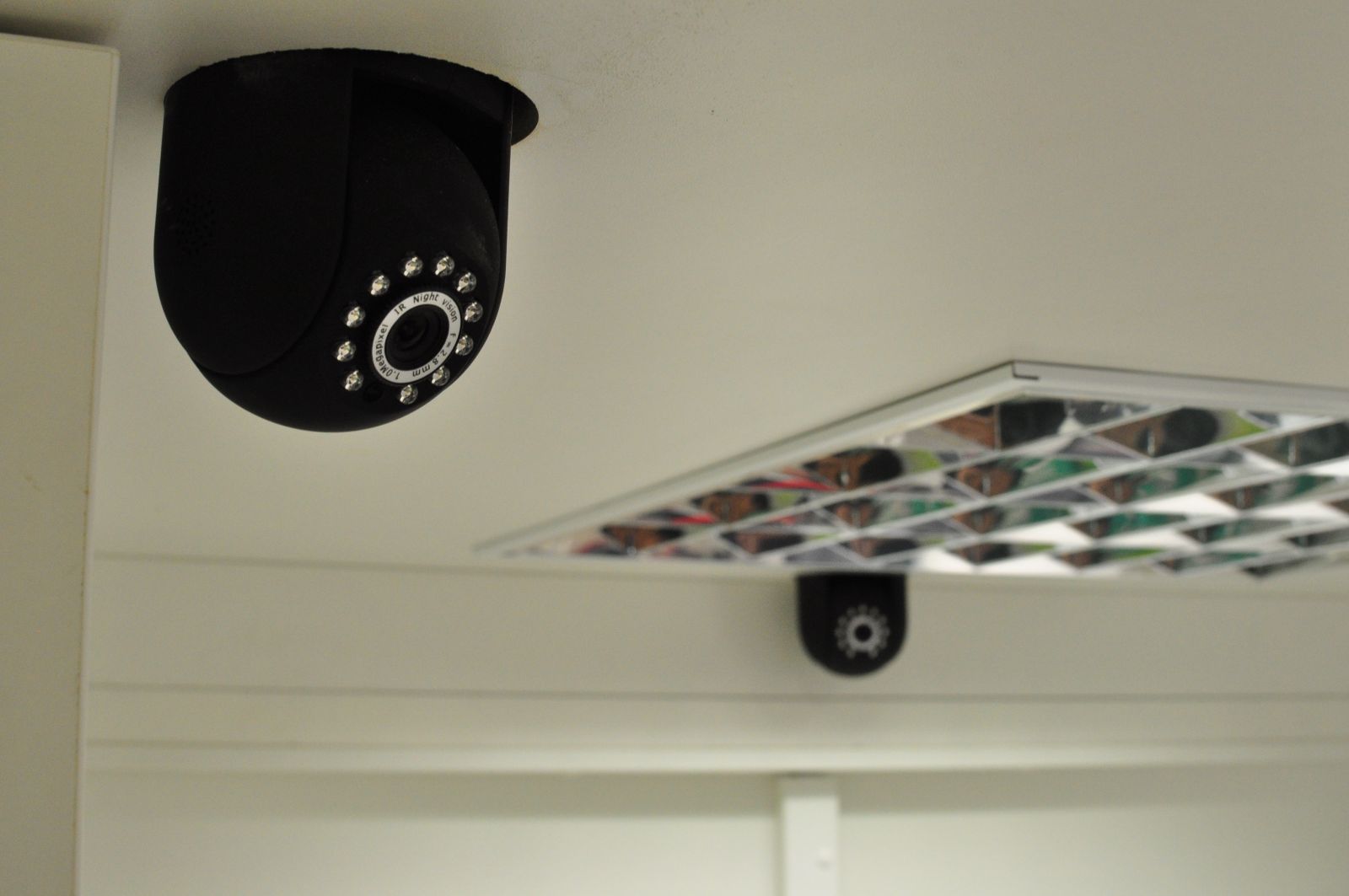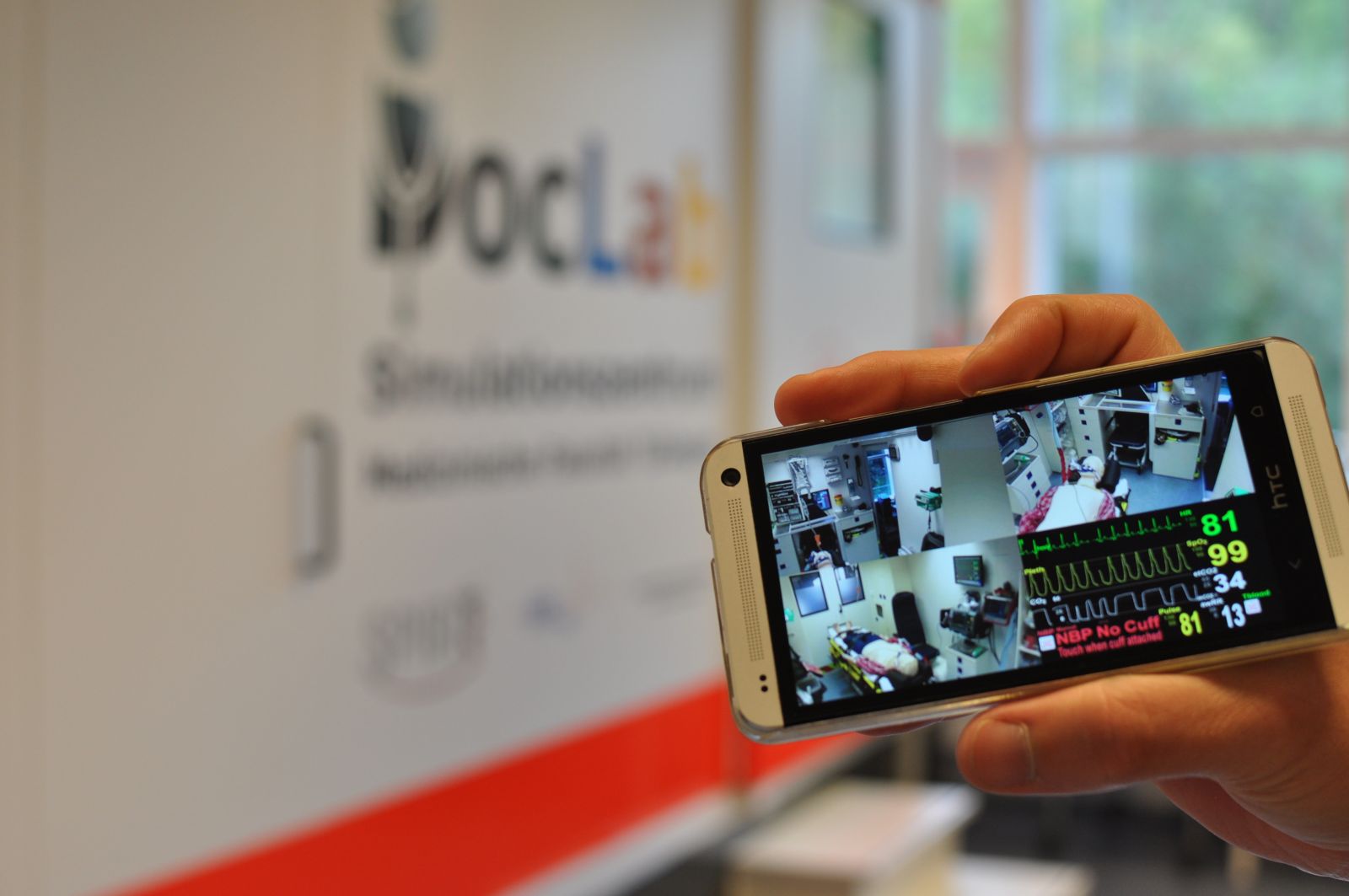


Theme
7II Simulation and Simulated Patients
INSTITUTION
(1) Medical School, Faculty of Medicine, University of Tübingen, Germany
(2) Department of Anesthesiology an Intensive Care Medicine, University of Tübingen, Germany
Simulation of medical emergencies with subsequent video-debriefing allows for the training of complex medical scenarios. Several video-feedback-systems are commercially available, but the acquisition can be expensive and could therefore restrict the spreading of medical simulation. To enable potentially patient-saving simulation training also for financially weaker institutions, we tried to establish a high-fidelity video-feedback-system based on open-source software and inexpensive hardware.
After assessing the requirements at an interdisciplinary conference, a student team realized the video-feedback-system.
A combination of audio technology and high-definition network cameras is used for digital recording. The open-source software “VLC media player” merges the video signal, audio signal and the vital sign monitor and generates a video stream. This stream is wirelessly broadcasted and thus playable by almost every device. Bi-directional communication between supervisor und trainees is possible through headsets. The cameras and the recording can be operated using an in-house programmed software. Following the simulation scenario, the recordings are available for debriefing as well as optionally via the internet.
Currently, the newly-established video-feedback-system is under intensive testing and further development. In particular, maintenance effort and reliability have to be evaluated. This fully equipped system costs roughly 9,000€, but the flexible solution will enable significantly more reasonable systems as well.
The open-source based approach represents a low-cost and scalable alternative to commercially available solutions.
A high-quality video-feedback-system can be established with inexpensive hardware and open-source software. Long-term experience has to show reliability and practicability.
The authors thank the AG Notfallmedizin and all participating students, physicians and faculty members for their support.
The equipment of the simulation ambulance was supported by the "TÜBINGER PROFIL" and our industry sponsors:

Contact
E-Mail: doclab@med.uni-tuebingen.de (Subject SIMON)
Website: www.doc-lab.de




 Send Email
Send Email